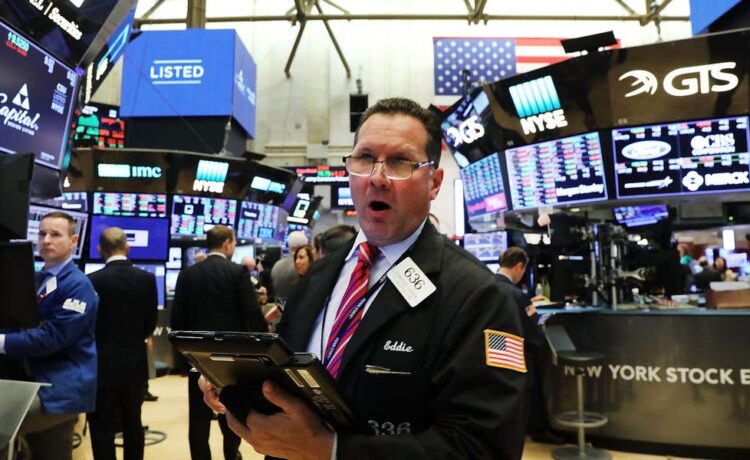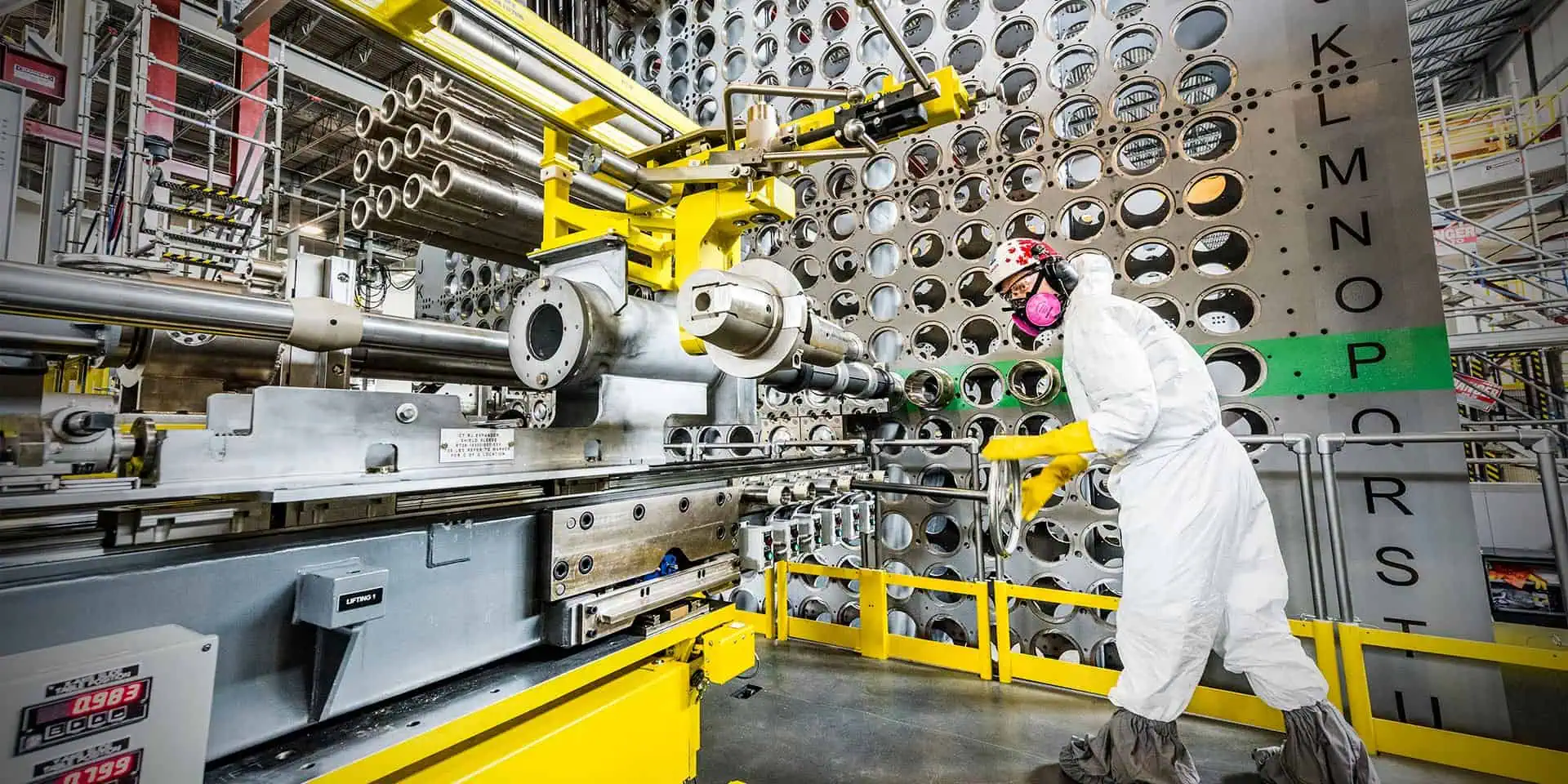The stock market’s piping-hot rally over the last several months may finally be cooling off.
Since late October last year, the S&P 500 has risen as much as 27% on strong economic data and excitement about AI. But over the past couple of weeks, the benchmark index is down 3.8%. Losses were steepest last week when Iran fired missiles at Israel, exacerbating regional and global tensions.
And according to many market onlookers, the downtrend that’s emerged since late March may have some room to run.
There seem to be two major fundamental risks that threaten the rally, the first being the ongoing conflict in the Middle East. After Hamas attacked Israel on October 7th, Israel has been waging war in the Hamas-controlled Gaza Strip. Iran has been backing militant groups in Gaza and Lebanon to launch attacks against Israel, and Iran itself stepped into the conflict last week when it fired missiles at Israel. Iran has also been funding Houthi rebels in Yemen, who have been attacking container ships passing through the Red Sea.
The conflict has slowed oil production, helping Brent Crude prices to rise by 20% since December.
If tensions persist, the stock-market downside could be just getting started, said James Demmert, the CIO at Main Street Research.
“The magnitude of this stock market correction will depend in large part on what’s going on in the Middle East and how things play out from here, including how Israel responds to Iran’s attack, and how other players in the region, such as Hezbollah, may react to the situation,” Demmert said in a memo on Tuesday. “Any escalation of the current tensions would likely cause a further drop in stocks.”
The other major risk facing the market at the moment is sticky inflation. The consumer price index has yet to dip below 3% on a year-over-year basis since soaring as high as 9% from 2021 to 2022, and the possibility that oil prices stay elevated could further fuel the ongoing surge in consumer prices. A hot job market also means consumer demand is likely to hold up.
Higher inflation means the Federal Reserve is more likely to leave interest rates higher for longer, putting more strain on the economy and creating more competition for stocks from risk-free bonds.
In late 2023, the Fed had been expected to cut rates as early as their March meeting. But as more labor market and inflation data has come out, investors now believe a cut is off the table until at least July.
“In baseball, three strikes, and you’re out. With inflation, a third straight month of hotter-than-expected consumer inflation data nearly ruled out probabilities for a June rate cut yesterday (now less than a 25% chance, according to fed funds futures),” said Adam Turnquist, chief technical strategist at LPL Financial.
Turnquist said there are also risks to the recent rally from a technical perspective. Over the last couple of weeks, yields on 10-year Treasurys have jumped from 4.2% to 4.66%, above the 4.35% level that Turnquist believes is a “tipping point” for investors’ risk tolerance. The S&P 500 has now dipped below its 20-day moving average, like it did last summer when yields rose above 4.35%.
LPL Financial
Tom Essaye, the founder of Sevens Report Research, also sees signs of technical weakness. One is the level of breadth in the selling last week, he said.
“Market breadth deteriorated in a big way last week as the percentage of stocks in the S&P 500 trading above their 50-day moving averages plunged 30% to just 41% (so 150 S&P stocks dropped below their 50-day MAs last week),” Essaye wrote in a client note on Monday. “Bottom line, last week’s selloff was broad in nature and we haven’t seen that type of convicted selling out of a period of such broad participation in an upside move since July of 2023.”
S&P 500 futures — contracts to buy at a set price at a future date — also broke the uptrend that’s held over the last several months, Essaye said, suggesting weakening optimism among investors.
Sevens Report Research
Still, it remains to be seen whether the recent reversal will hold. Market bears have been proven wrong repeatedly over the last year and a half, and this time may be no different.
Where to invest amid potential volatility
For UBS Americas CIO Solita Marcelli, higher risk levels mean it’s a good time to be in quality stocks, which are firms with a track record of solid earnings.
It’s also a good idea to diversify across different asset classes and countries, she said.
“The UBS Global Investment Returns Yearbook, which analyzes financial markets going back to 1900, shows that a portfolio diversified across 21 countries would have experienced 40% less volatility over the period than an average single-country investment,” Marcelli said. “And a portfolio with a 60/40 split across equities and bonds has only delivered a negative return over a five-year horizon on 5% of occasions, and never over a 10-year horizon (compared with 12% and 5%, respectively, of the time for equity-only portfolios).”
Demmert has a simpler strategy: buy the dip.
“We are buyers of this stock market correction because while the headlines are scary right now, we believe we have entered a new bull market led by the power of artificial intelligence. This new bull market can last for another 7-9 years, as AI is expected to drive significant productivity gains for companies across the board, which will strengthen corporate earnings.”
But Essaye is wary of that approach. He thinks the risk-to-reward ratio at this point isn’t worth getting into the market with the potential downside that lies ahead. Instead, if you’re not already invested, it’s probably better to sit on the sidelines in cash, he said, and see whether the market reconfirms its bullish trend by heading to fresh highs or whether it continues its dip.
“The VIX, SKEW and Put/Call Ratio all indicate that sophisticated investors are on edge and volatility could explode to 52-week highs in the weeks ahead,” Essaye said.
















